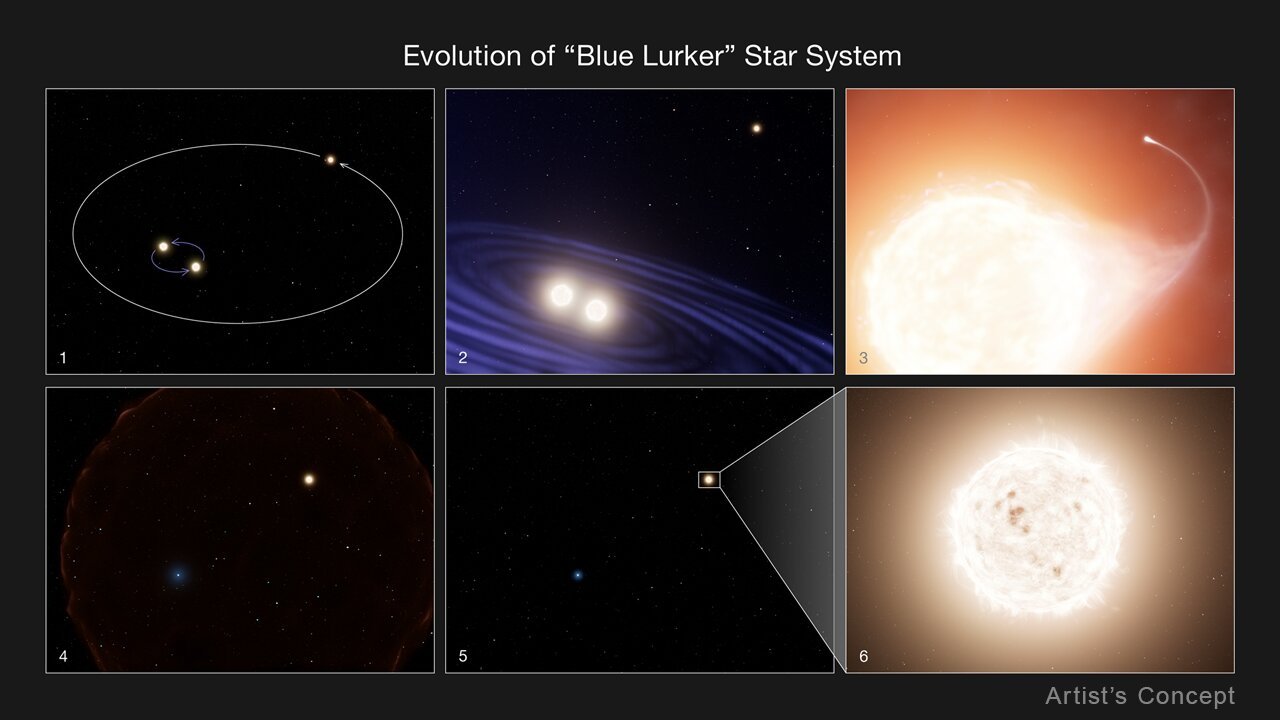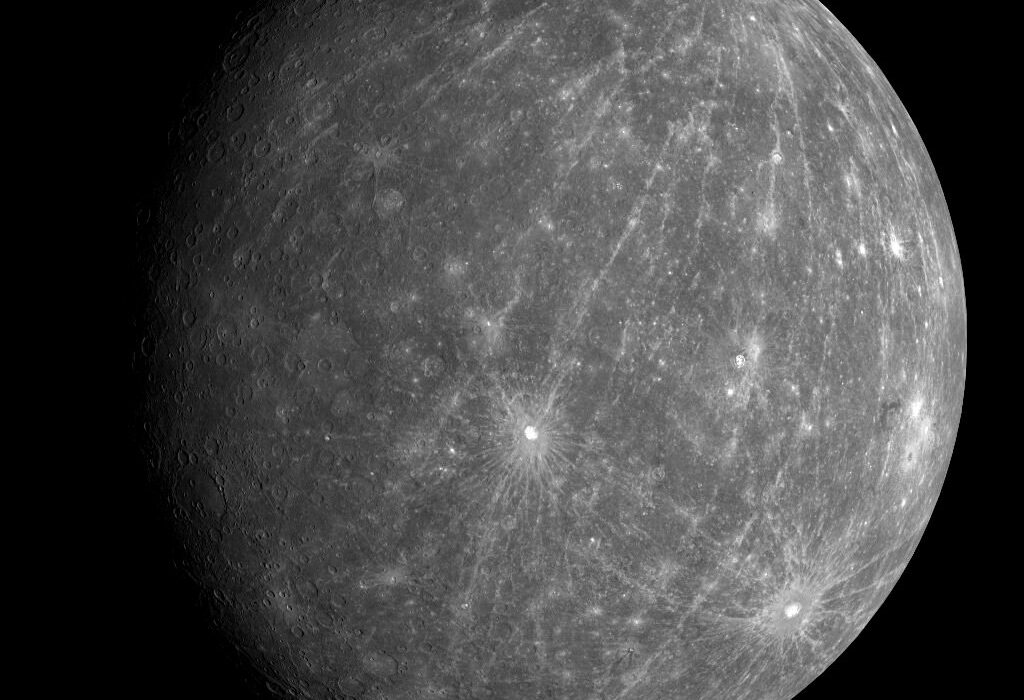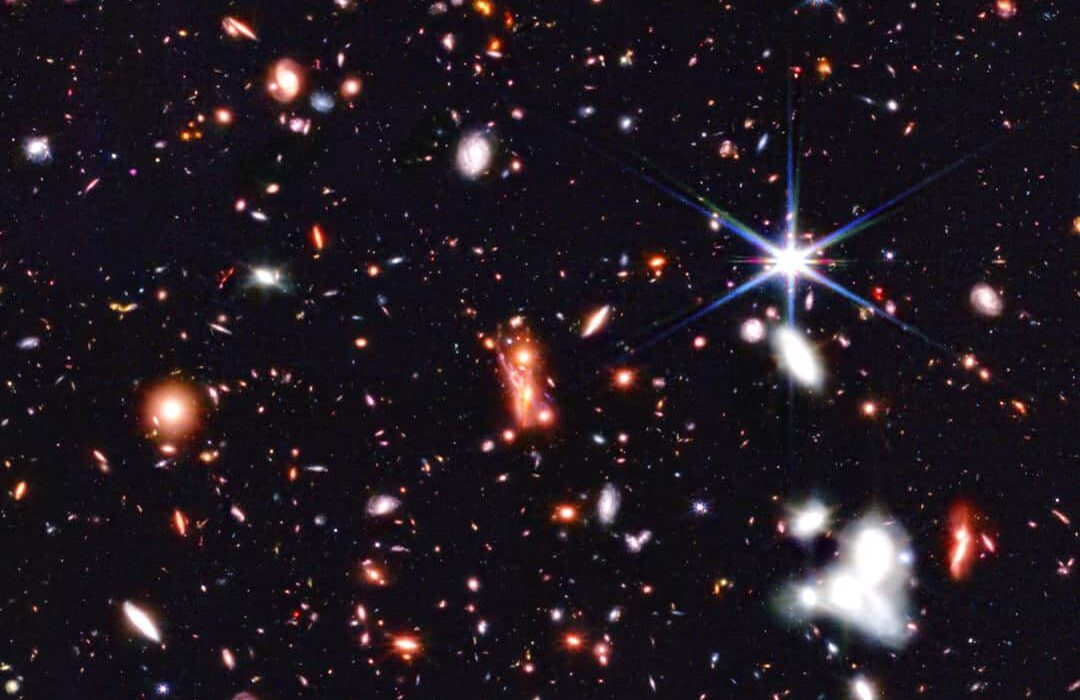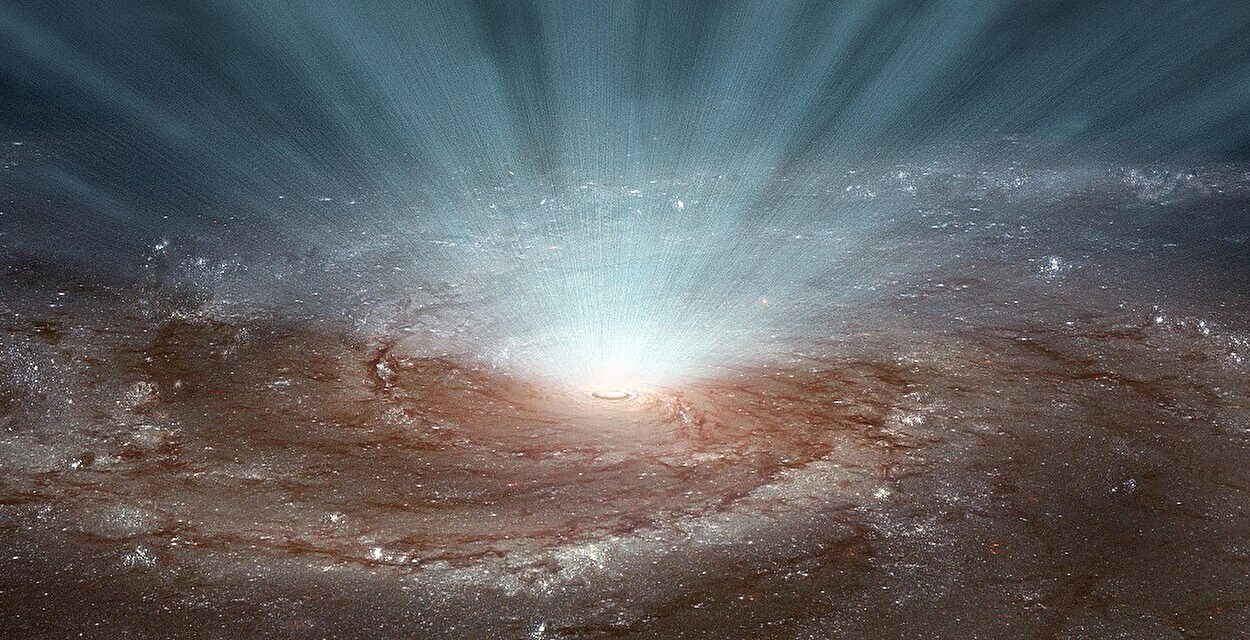Our Sun is often thought to be just one of many stars scattered across the Milky Way galaxy, and yet, in a rather lonely position. Unlike the countless other stars that exist in binary or even multiple star systems, our Sun has no immediate stellar companion. Astronomical research, however, suggests that our Sun is an anomaly; in fact, roughly half of the stars in our galaxy are paired with one or more companions in a gravitationally bound system.
This common occurrence of multi-star systems, especially binaries, has been depicted in popular culture, including the beloved “Star Wars” universe. In one of the trilogy’s most iconic scenes, Luke Skywalker gazes at the twin setting suns of Tatooine—a stark reminder that stars often don’t go it alone. However, imagine not two but three suns rising together in the sky. Now, envision the twists and turns of the fate of one such system—a once-triple star configuration that found itself thrust into the chaotic realms of stellar evolution, leaving behind one survivor to circle the lifeless remains of what once was.
This unusual and dramatic stellar evolution story was revealed thanks to data captured by the NASA Hubble Space Telescope, providing astronomers with an insightful forensic analysis of a star that had seen its fair share of cosmic upheaval. This star, a part of a now-triple star system, showcases what is known as a “blue lurker.”
A Rare Breed of Star: The “Blue Lurker”
When thinking about astronomical phenomena, the name “blue lurker” might immediately bring to mind a sinister figure from superhero films. Yet, the “blue lurker” is far less villainous than it sounds. In astronomical terms, it is a unique, fascinating class of star, identified with the help of Hubble observations. The term might be misleading since the blue lurker doesn’t actually appear blue in the conventional sense; rather, it blends in as part of a more typical population of solar-mass stars in the star cluster M67, situated roughly 2,800 light-years away. Nevertheless, what distinguishes this star from others is its remarkable spin behavior—a feature that ultimately led astronomers to uncover its tumultuous life story.
The blue lurker appears like an ordinary sun-like star on the surface—its typical luminosity and appearance might pass as unremarkable within the backdrop of M67’s other stars. However, upon closer investigation, an interesting anomaly becomes apparent: the blue lurker spins much faster than expected for its size and class of star. While the majority of sun-like stars take around 30 days to rotate once, the blue lurker completes a full rotation in just four days.
Unraveling the Mystery: A Tumultuous Evolutionary Story
The fast spin rate of this star led scientists to speculate that something extraordinary happened in its past—something that would accelerate its rotational speed far beyond what might be naturally expected for a star of its type. As researchers delved deeper into its history, they discovered that the blue lurker’s abnormal behavior could only be explained by an interaction with the material expelled by a nearby star. This interaction was pivotal to its transformation and high-speed spin rate.
According to astronomer Emily Leiner from the Illinois Institute of Technology in Chicago, the star’s evolution is “super complicated,” with a history steeped in the dynamics of a triple-star system. The blue lurker once had a much slower spin and orbited alongside two other sun-like stars, thus partaking in the kind of cosmic dance that defines binary and trinary systems. Roughly 500 million years ago, the two stars of this system collided, merging together to create a massive new star. This large star expanded rapidly into a giant, and as it swelled, it began shedding material—some of which fell onto the blue lurker.
This influx of matter sped up the blue lurker’s rotation in a manner similar to how an ice skater accelerates when pulling their arms in. As the blue lurker rapidly spun, it gained an unexpected lease on life, outshining its original properties. This brief but catastrophic interaction with the expanding star enabled the once “normal” star to burn much brighter and quicker than it would have otherwise.
After this dramatic change, the large star eventually exhausted its fuel and collapsed into a white dwarf, a small but extremely dense remnant of what was once a massive star. Now, millions of years after the merger, the blue lurker orbits this white dwarf, a stellar remnant that continues to exhibit the faint afterglow of its former existence. The evolutionary outcome is a star system unlike any other.
A Rare View of a Triple-Star System
In the realm of stellar systems, triple-star systems are a relatively rare occurrence, making up about 10% of sun-like star populations. While interactions within binary systems, where two stars are gravitationally bound to one another, are well-documented, systems involving three stars can be far more chaotic. This multi-star scenario represents a mix of immense gravitational forces and intricate dynamical interactions that significantly alter the evolution of the involved stars. The result often leads to complex stellar behavior that is difficult to unravel—something that makes the blue lurker such an exciting discovery.
Astronomers have studied M67’s blue lurker in-depth thanks to tools like the Hubble and Kepler Space Telescopes. Observing the fast-spinning star also allowed for some detailed insights into the properties of its companion—an unusually hot and massive white dwarf that still lurks nearby. Based on observations gathered through ultraviolet spectroscopy, Hubble determined that the white dwarf’s surface temperature is a scorching 23,000°F (approximately three times hotter than our Sun). It has an impressive mass of 0.72 solar masses, making it more massive than expected for a white dwarf, which typically weighs around 0.5 solar masses when found in the M67 cluster.
This excess mass and heat offer compelling evidence that the white dwarf is, indeed, a product of the merger between the two sun-like stars—its origin and characteristics neatly tying it back to the catastrophic event that sparked the current configuration of the system.
Unlocking the Secrets of Triple-Star Systems
In this instance, the data provided by Hubble reveals critical details about how triple-star systems can lead to unexpected stellar behavior and consequences. Despite being exceptionally rare, these systems provide unique insights into stellar evolution. Understanding how stars in such systems evolve can help astronomers refine existing models of stellar behavior.
“It’s really unusual to be able to put constraints on such a system as we are exploring,” explained Leiner. Being able to not only uncover the past events but also predict the future consequences for the blue lurker and its companions is an extraordinary accomplishment in astrophysics. Indeed, multi-star systems have long been a fascination for scientists seeking to fully comprehend stellar life cycles in all their complex variations.
The study of the blue lurker is important because it marks a significant step forward in the scientific understanding of how stars interact and evolve under unusual circumstances. By deciphering the gravitational and physical interplay in triple systems like M67, astronomers unlock a deeper understanding of stellar behavior. However, there’s still a long way to go before scientists can develop comprehensive models that can predict all stages of evolution for stars in such systems.
Conclusion
The blue lurker star’s unusual life provides just a glimpse into the dynamic, often chaotic universe of stellar evolution. Its tumultuous journey through a triple-star system—where one star merged into another, releasing material that hastened the formation and high-speed spin of the blue lurker—is a fascinating story of astronomical phenomena that is both complex and intriguing. With continued study, our understanding of these incredible stellar systems and their transformative events will continue to evolve, revealing yet more mysteries in the vast expanses of the cosmos. And in the meantime, we are left to contemplate this rare and strange star—a survivor in a system that no longer exists in its original form, now a lonely and distant wanderer in the galactic night.
Reference: Emily Leiner et al paper: stsci-opo.org/STScI-01JD2Q892BWZFY5V1Q1X81PPHJ.pdf






